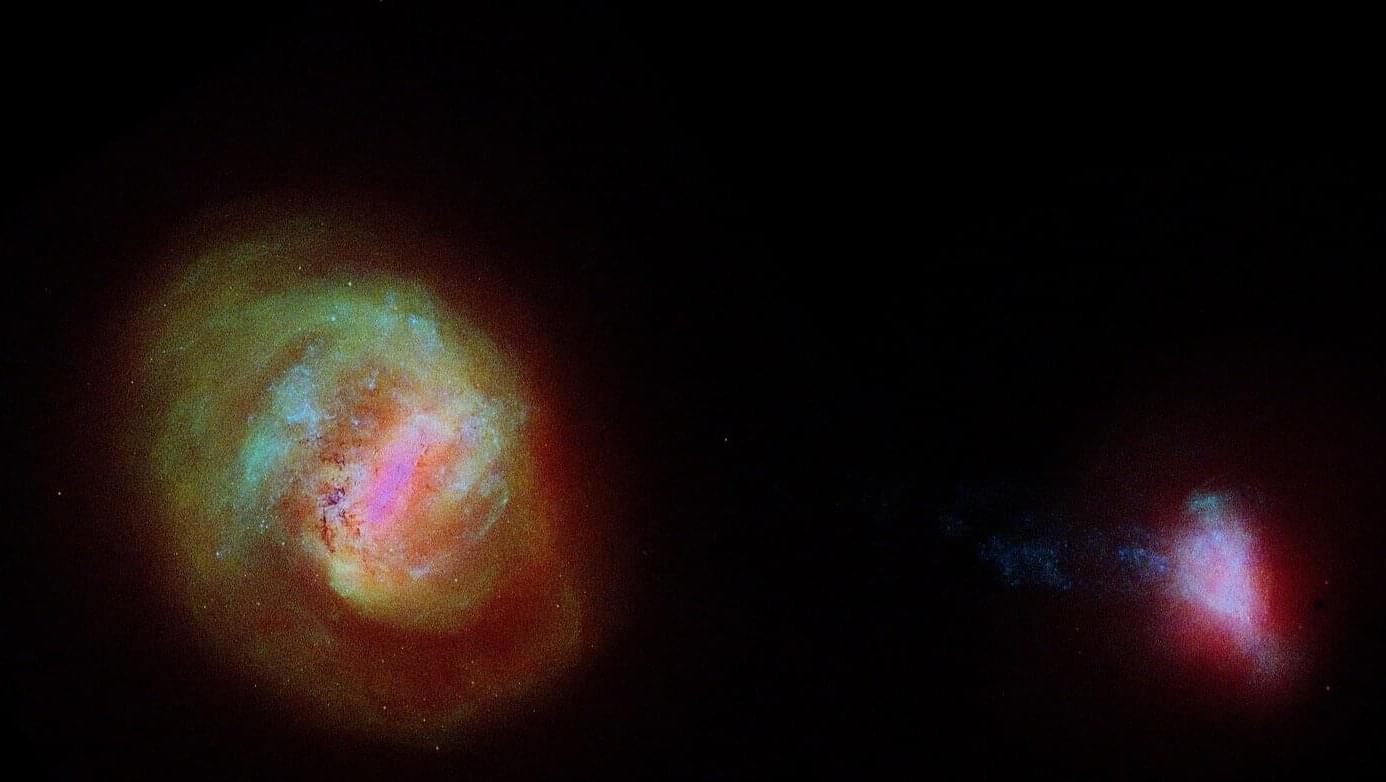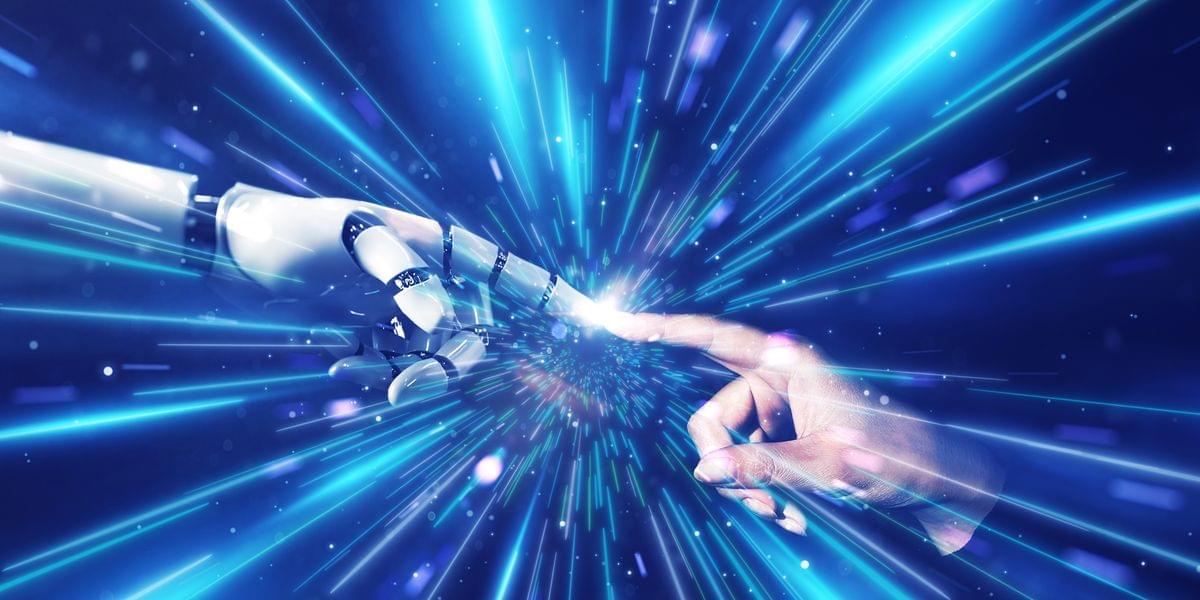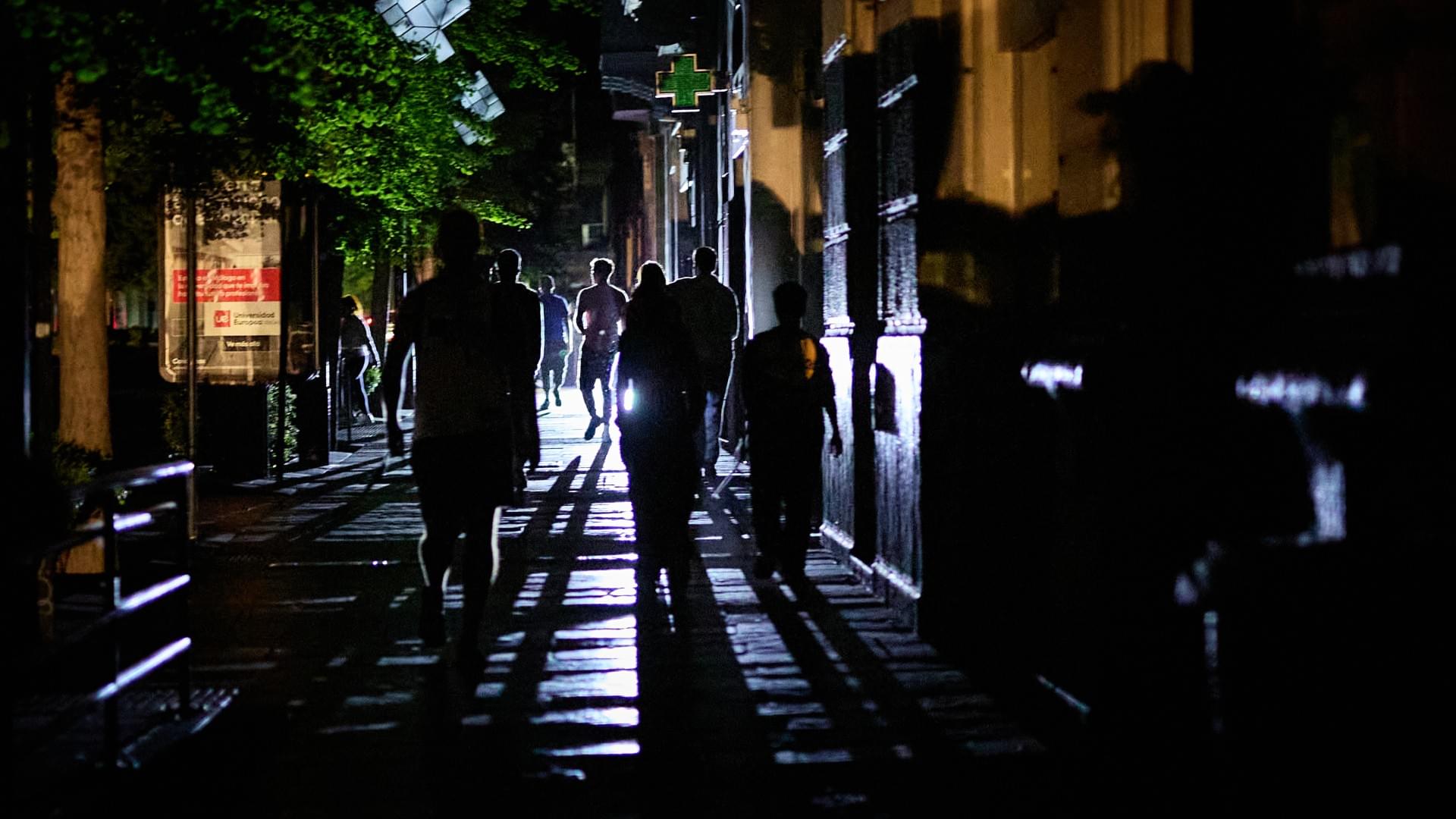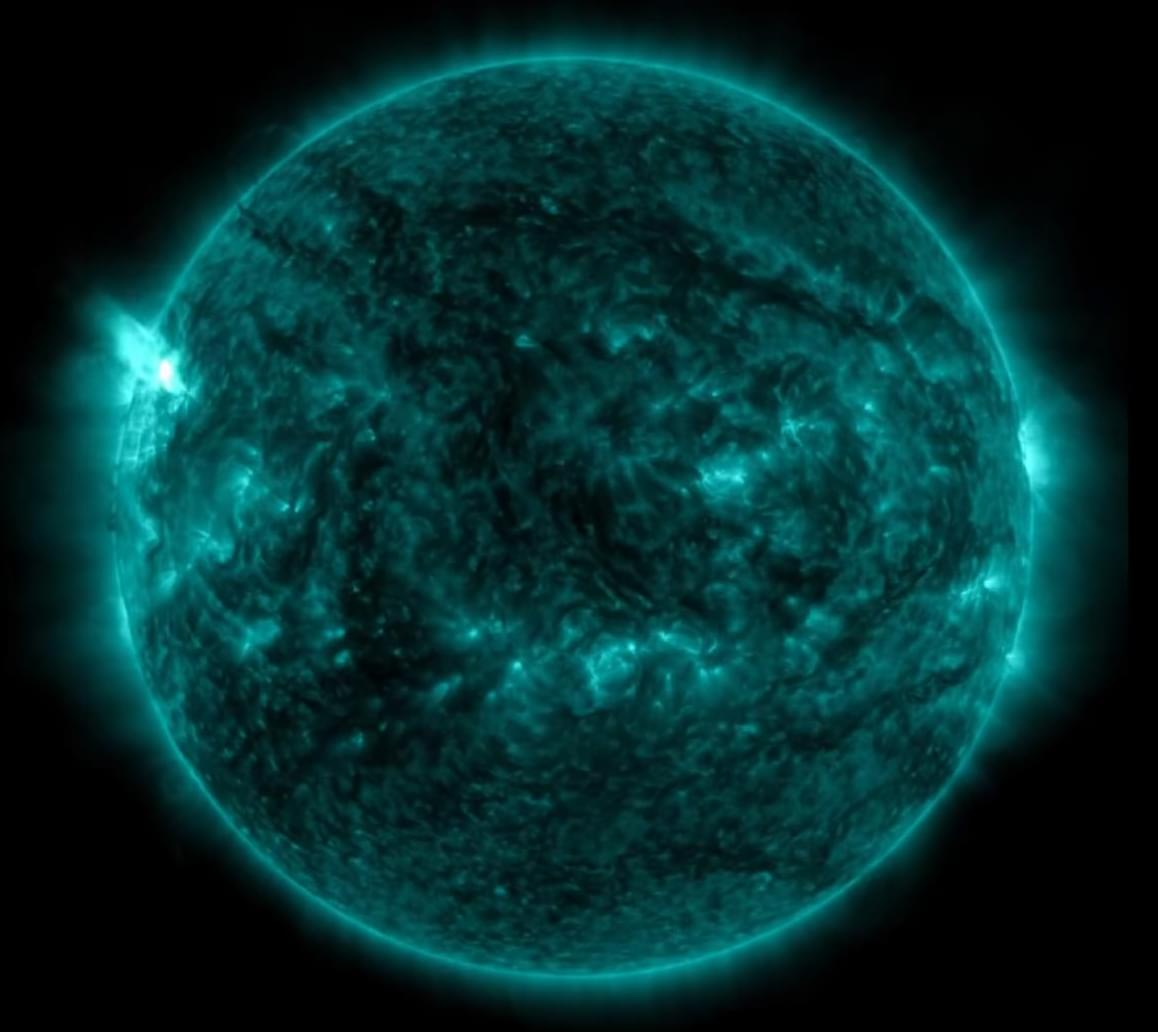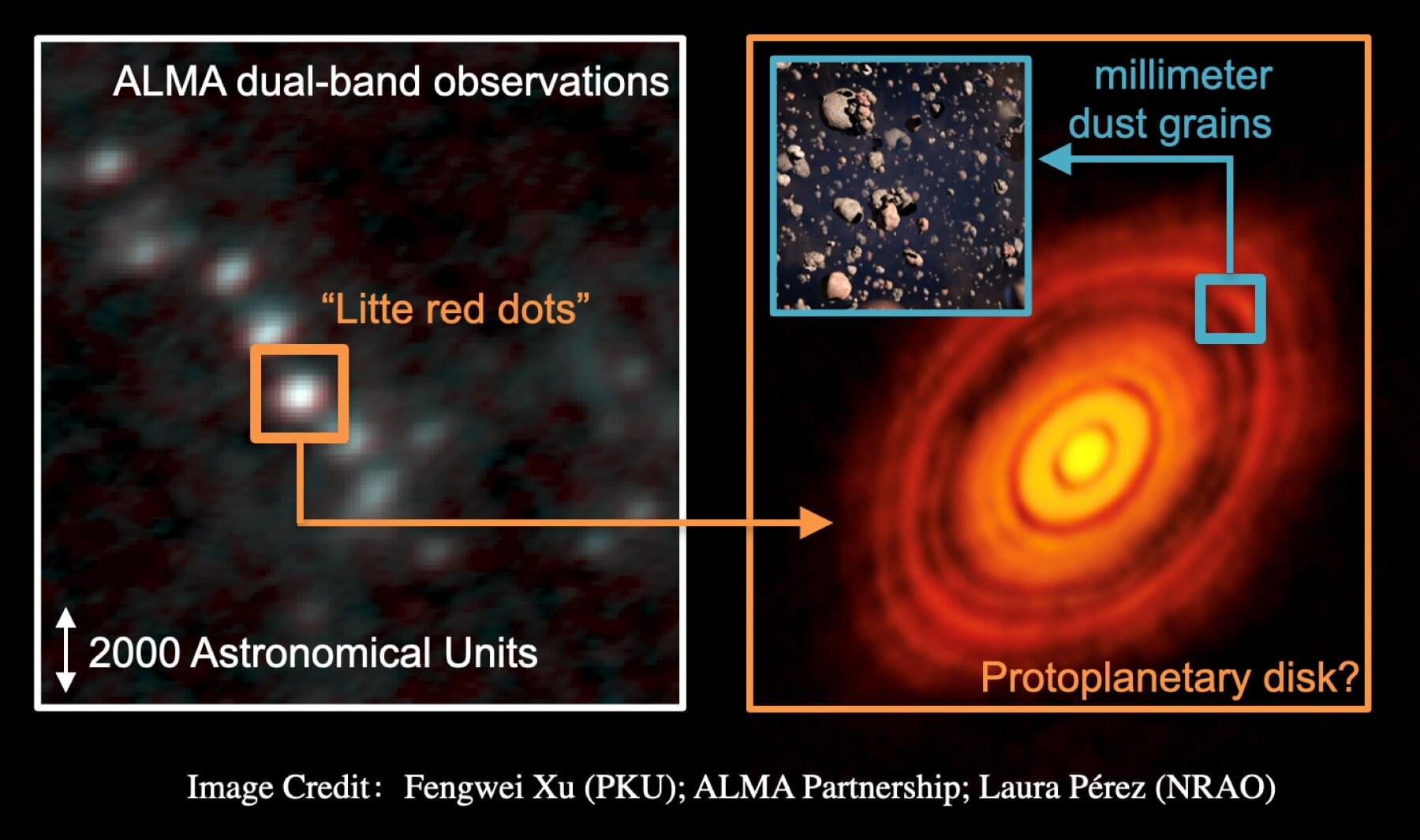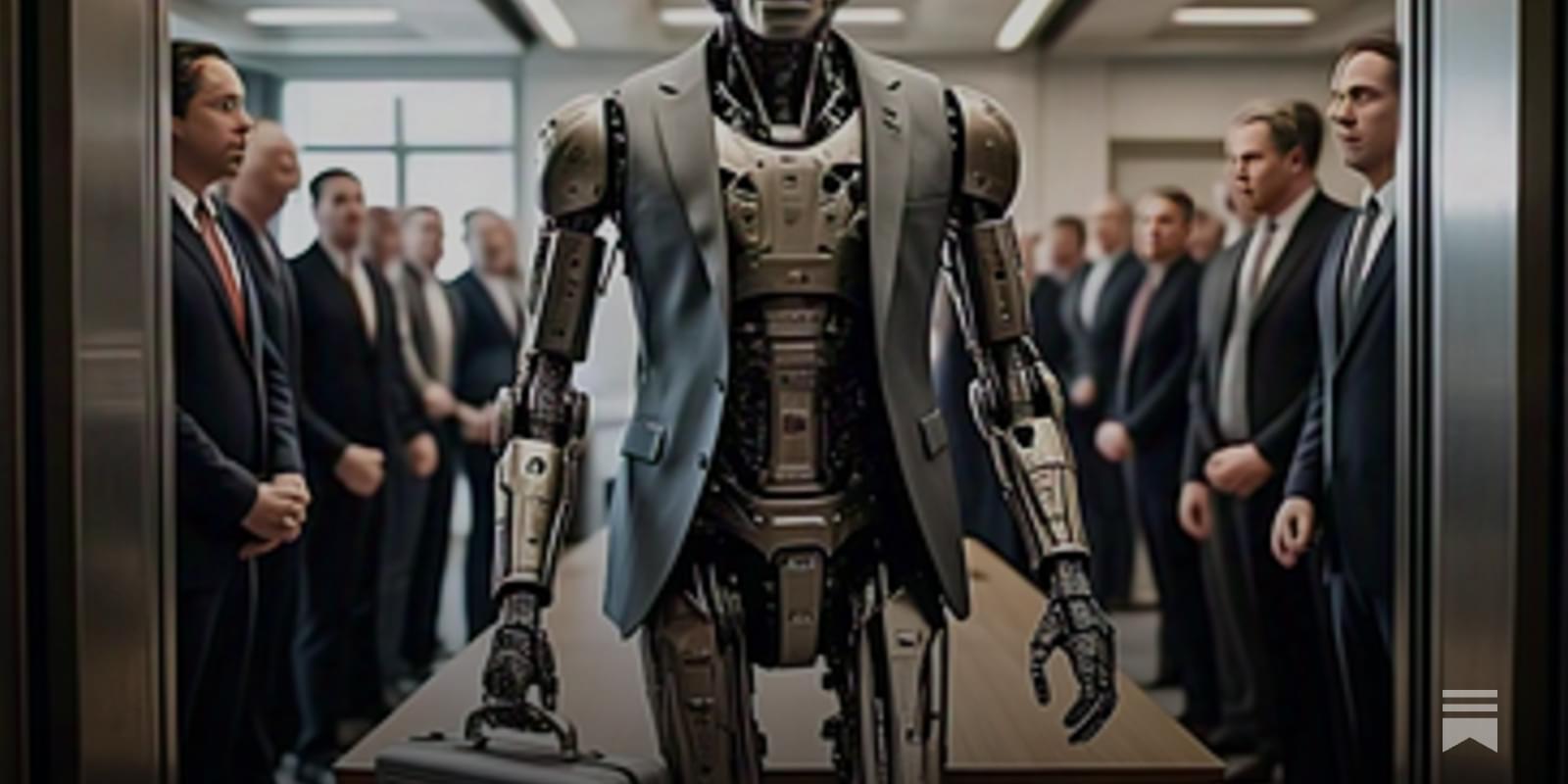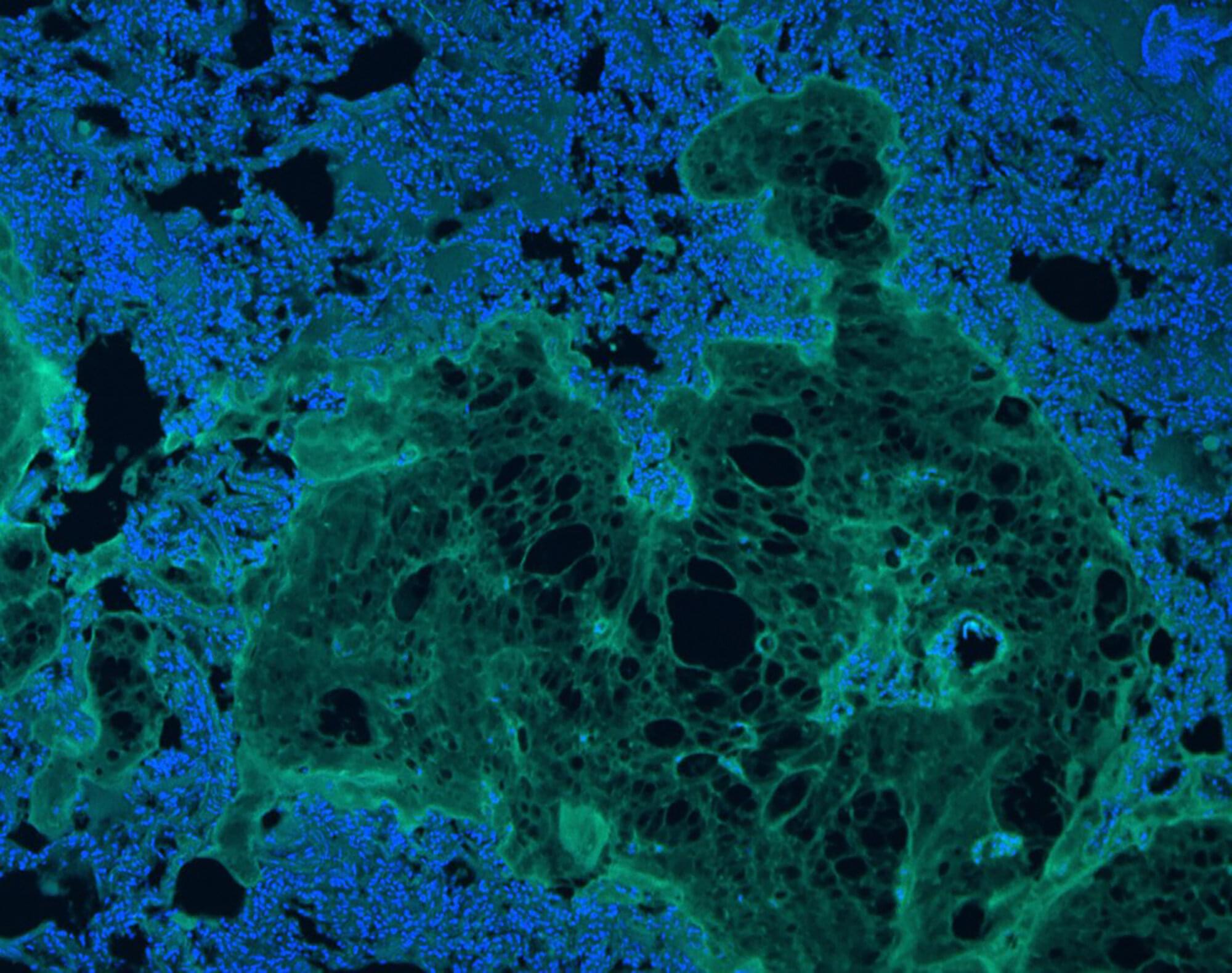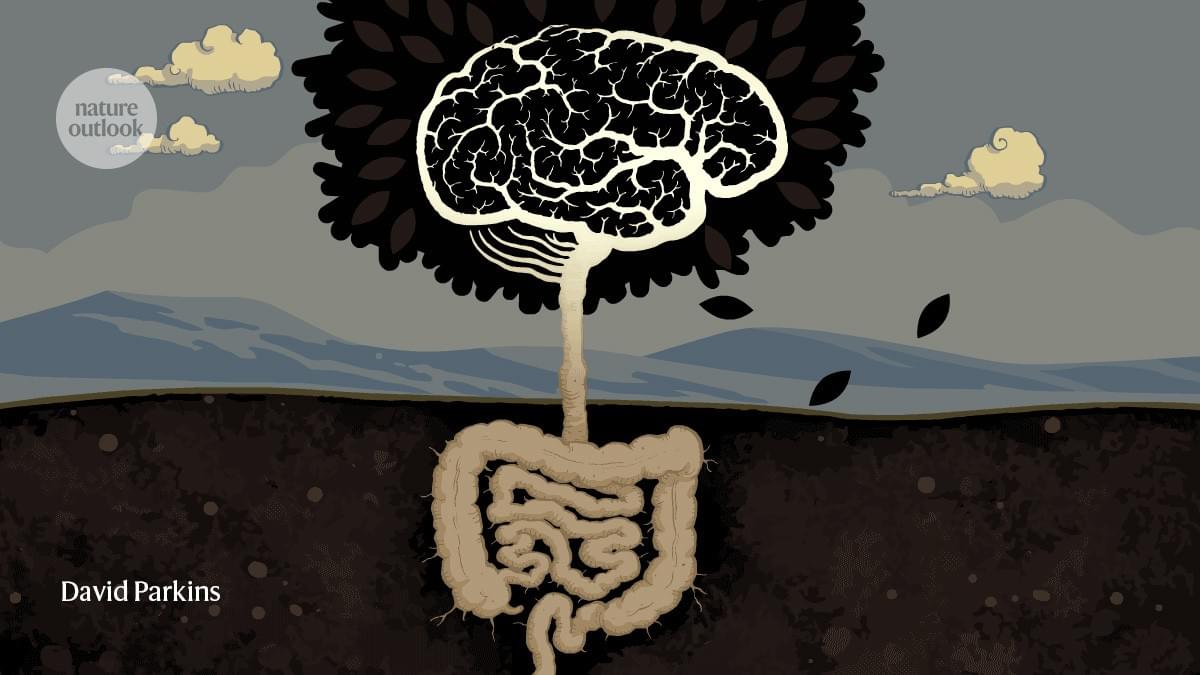Japan on Friday enacted a new law that would permit the country’s authorities to preemptively engage with adversaries through offensive cyber operations to ensure threats are suppressed before they cause significant damage.
The new law, which was first mooted in 2022, is intended to help Japan strengthen its cyber defense “to a level equal to major Western powers” and marks a break from the country’s traditional approach to cyber defense, which had tracked closely to its Article 9 constitutional commitment to pacifism.
The new Active Cyberdefense Law mirrors recent reinterpretations of Article 9, providing Japan’s Self-Defence Forces with the right to provide material support to allies under the justification that failing to do so could endanger the whole of the country.

